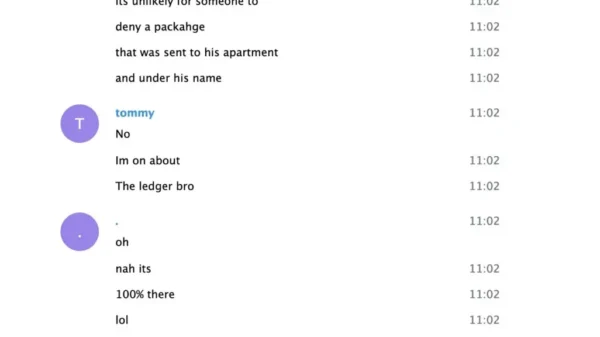The Federal Reserve is navigating a significant data gap as it approaches its December policy meeting, following the cancellation of the October Consumer Price Index (CPI) report due to a government shutdown.
This interruption has left the Fed without a critical inflation indicator, complicating its decision-making process regarding monetary policy. The Bureau of Labor Statistics (BLS) was originally set to release the October CPI on November 7, but the shutdown hindered essential data collection activities.
Without the October CPI, the timeline for the November report has also been impacted. The BLS has rescheduled the November CPI release to December 18, which is eight days after the Fed”s December meeting. This delay means that policymakers will lack timely inflation data, which is crucial for assessing the economic landscape.
In light of these circumstances, the Federal Reserve must now rely on alternative economic indicators such as labor statistics and consumer spending to guide its policy decisions. Traditionally, the Fed utilizes inflation data to evaluate the economy”s health, making the current absence of comprehensive data particularly concerning for officials.
The minutes from the October Federal Open Market Committee meeting reflected apprehensions among Federal Reserve members about the data gap. At that meeting, the Fed had already opted for a quarter-point rate cut, underscoring the necessity for more information to inform future actions.
Despite the uncertainty, perspectives among Federal Reserve officials regarding potential future rate cuts vary. New York Fed President John Williams has suggested that there might still be room for additional cuts, indicating a willingness to consider further easing.
Conversely, Federal Governor Christopher Waller has expressed confidence that sufficient data remains available for decision-making, despite the gaps caused by the shutdown. His remarks imply that the Fed can still make informed judgments based on existing economic indicators.
In this challenging environment, Federal Reserve Chair Jerome Powell has emphasized the importance of caution, stating, “We are driving through fog,” a metaphor for navigating decision-making amid data limitations. He has called for careful evaluation of all accessible data as the Fed strives to balance the need for informed policy decisions with the reality of limited information.
The Federal Reserve now faces a delicate challenge in assessing the economic situation accurately while determining whether another rate cut is necessary amid the lack of critical inflation data.






































































